Checking Your Attitude
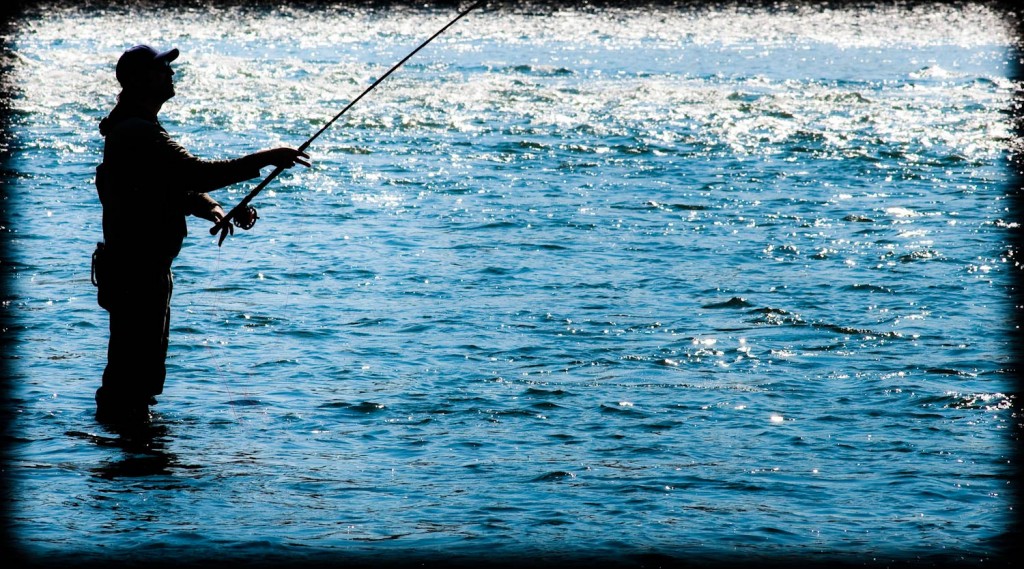
IF YOU READ THE COMMENTS ON OUR POSTS YOU’LL OCCASIONALLY SEE THE NAME TOM CAHILL. THAT’S MY BIG BROTHER.
Tom lives in Virginia. Too far away for us to fish together often but too close to have a good excuse.
He is an avid fisherman and a talented photographer. He and I have much in common. Our conversations may start off on motorcycles or politics but they usually end on fishing. I have often said that we are brothers, separated by a common hobby. Like brothers who marry sisters, Tom fell in love with bass and I with trout. I walked off up some mountain stream and he sped off at seventy mph across the lake.
The other day Tom left this comment to a post on G&G. It left me wondering why I’m the one with the fishing blog.
***
“Of all the cash we spend to catch a fish the biggest element is free. Years ago on one of those frustrating days my friend Rodney put it quite simply. Just as I was about to cast he asked ‘Are you going to catch one this cast?’ I responded with ‘Probably not!’ Rodney: ‘Then why don’t you just stand there until you are.”
“Now if you see me on the deck of my bass boat you may see me checking my line, checking my knot or checking my drag, but if I look like I’m just standing there staring a hole in the water, I’m checking my attitude.”
***
That’s Tom all over. Contemplative in the face of adversity. A talented golfer and all around athlete, I remember watching him stand silently at the tee box. In a world of his own, visualizing his swing, reasoning through every detail. When the swing came it was perfection. The ball flying and fading exactly as it was told. I’ve not known
Read More »8 Tips For Figuring Out The Trout

How do you find and catch trout on days when there doesn’t seem to be much action?
When the river looks like it’s boiling with rising trout and you’re having to wipe the BWOs out of your eyes just to tie on a fly, it doesn’t take a degree in entomology to catch fish. Sadly, days like that are few and far between and we spend plenty of days on the river scratching our heads and guessing what might get a favorable response.
Most days there is a combination of fly pattern and technique that will put a couple of fish in the net. If you’re struggling with finding that combination, you may just need a method of narrowing down the variables and making an informed decision.
HERE ARE 8 TIPS FOR FIGURING OUT WHAT THE TROUT WANT.
Take a few minutes to watch the water.
Try to resist the temptation to jump in and start casting. I know, it’s hard. You’ve driven a couple of hours and you’ve been thinking about fishing all week, but take a few minutes to watch the water and see what you can learn.
Are there any bugs at all? If there are adults but no fish rising to them, try the nymphal form. If fish are rising, pay attention to the rise form. Splashy takes may mean they are eating emergers, while lazy sips might suggest spinners. What about water clarity? Stained water might require larger or more brightly colored flies. Higher or lower than normal flows might affect where fish hold.
Look for fish, too. It’s much easier to narrow down choices of patterns and techniques when you have an actual fish the test them on. Before you start blind casting to pockets and seams, see if you can spot a good dance partner.
See what the birds are doing.
Birds and fish have more in common than many folks realize. Most birds eat insects in the same way fish do. If swallows are buzzing the surface of the water the hatch is on, even if you can’t see it. If they are circling high above, you may have missed the hatch but those bugs will be back later in the day to lay eggs and fall. Other birds like herons and osprey are professional fishers and know exactly where to find fish. Keep a close eye on them too.
Sample some bugs.
It’s never a bad idea to take a few minutes to see what’s on the menu. Especially when fishing new water or as the seasons change. Turn over some rocks in a riffle and see what’s clinging to the bottom. Look around rocks and plants on the edges of the water for shucks or adults. Shake some bushes and kick the grass to see what’s hiding there. Run a bug seine along a foam line, especially if you see fish rising but don’t know to what. A little investigation will at least give you a starting place, if not an answer.
Use searching patterns and tandem rigs.
Read More »Chug a Coke, Save a Bleeding Fish.
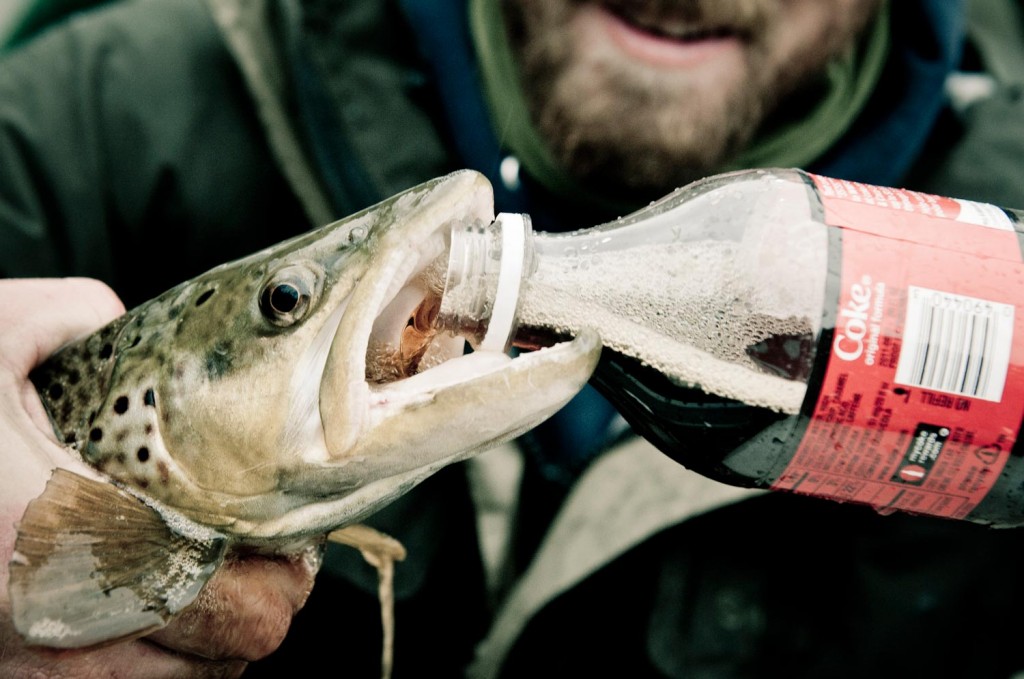
There’s nothing worse than watching a big beautiful wild fish bleed out from a damaged gill.
I found myself in just that situation with a big brown trout one day. Watching helplessly as the water turned red. Thank God Kent was with me. Thinking fast he said, “hey, did you finish that Coke?” I had not and he showed me a great trick. He opened the fish’s mouth and poured the Coke down her throat. As soon as it hit the injured gill the bleeding stopped. It was like magic. I’m not sure if it’s the carbonation or the acid but something in the Coke cauterized the wound. It saved that fish’s life. I know it for a fact because I saw her in that same pool several weeks later, although she was wise to me by then. I’m certain it was
Read More »The 3 C’s of Trout Fishing – Current, Cover, and Cuisine
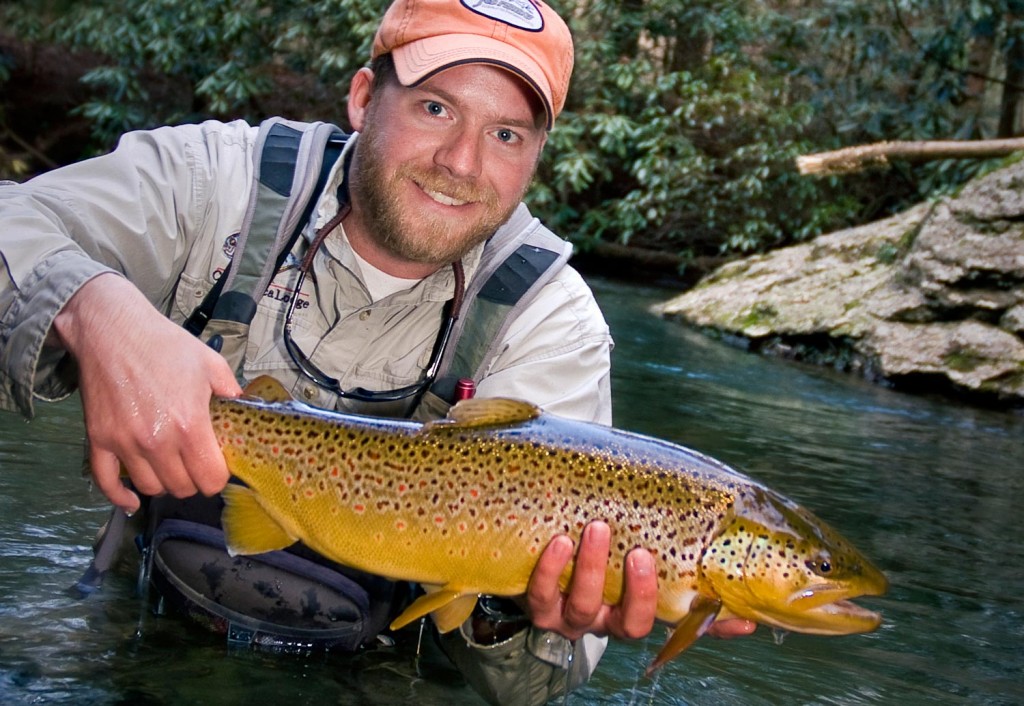
Here’s the Million Dollar Trout Fishing Question….
Are you putting enough emphasis on the 3 C’s in your trout fishing? The availability of Current, Cover and Cuisine most often dictate where trout decide to set up shop. Being able to consistently pick them out will ultimately determine how much success you have on the water. Furthermore, if you can find a spot that has all three C’s, you’re probably staring at a honey hole that holds the trophy of your dreams.
As a ignorant rookie fly fisher, I recall early on in my career, how I’d start out my day selecting a section of water, and go about mindlessly fishing its entirety from point A to point B. I had no understanding of trout’s survival instincts and how it influenced their whereabouts. All the water looked good to my untrained eyes, and I’d spend equal time fishing the entire stretch of water, regardless of the depth, where the current and food were located, or if the spot had any elements of cover. Back then I was completely clueless there was a reason 20% of the water held 80% of the fish, and in turn, I spent way too much time fishing in all the wrong places. It was amazing how long it took me to figure out why I wasn’t catching very many trout.
Don’t make this common rookie mistake, you’re better than that. Instead spend your time eliminating unproductive water, and locating and fishing productive water that has all three C’s. Doing so, you’ll find your catch numbers and size increase dramatically. Below are basic descriptions of current, cover, and cuisine, and why all three are equally important.
Current
Trout have a love hate relationship with current. They love the fact that current collects and funnels food to them, but it also requires effort for them to swim against it. Because of this, trout prefer to hold in spots of the stream where they can feed and take in more calories than they’re burning. Trout accomplish this by directly avoiding current that is too fast and excessive, while still staying close to enough current, that they can take advantage of the best feeding lanes. I tell my clients all the time to look for current that flows over areas with deeper water. Examples of this are drop offs behind shoals, buckets, troughs or channels in the stream. It’s important to remember the deeper a trout holds in the water column the slower the current will be moving. Anglers should also look for soft seams where slow water meets fast water. These areas allow trout to save energy by picking off food drifting on the edge of the fast current.
Cover
Have you ever wondered why there always seems to be big fish located near cover in the stream? The fact is, you rarely
Streamer Retrieves For Different Current Speeds
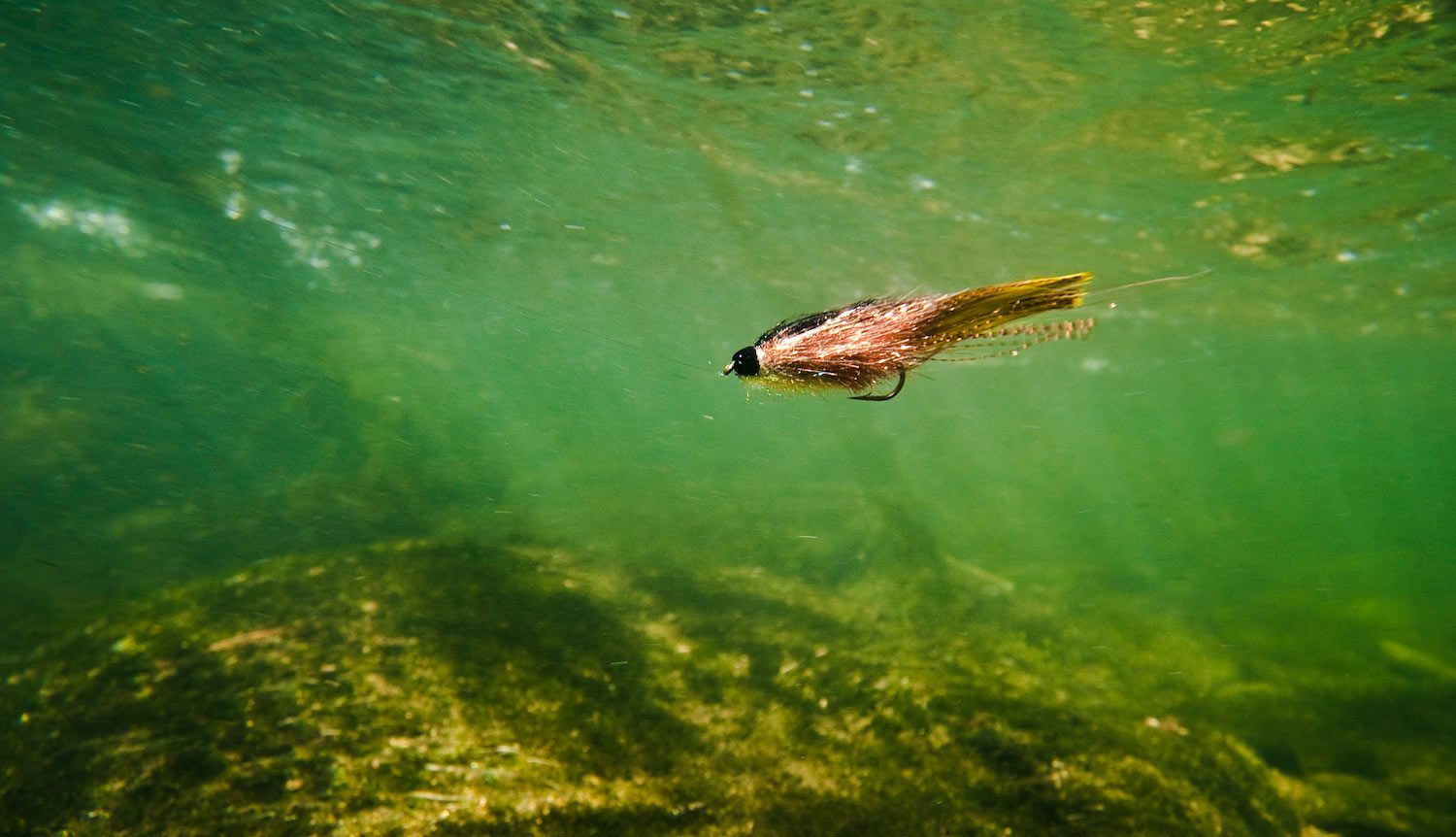
I’ve talked in great detail about streamer fishing since I began writing articles for Gink & Gasoline. Most of my time has been spent talking about color and pattern choice, streamer gear/rigging for both big and small water and how to locate and target prime trout water with streamers. One area of streamer fishing I’ve yet to talk about in detail is retrieve speed and candor with streamers.
Read More »The Trifecta For Fishing Solitude
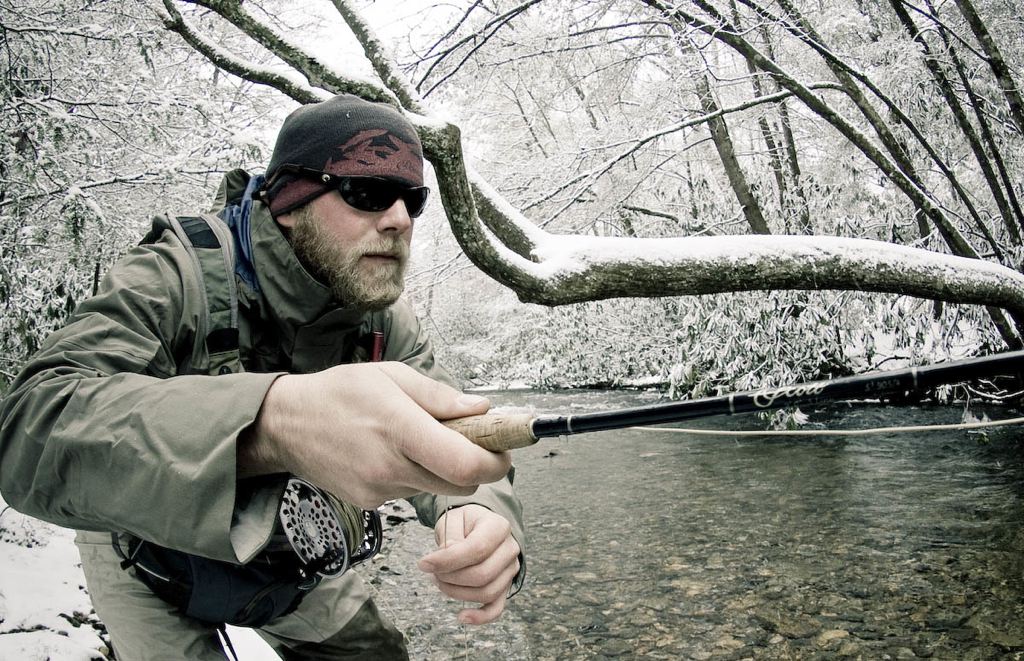
It seems like every year it gets harder and harder for me to find complete solitude on the river.
Solitude is not a necessity for me by any means, but when I’m blessed with it, I find it does wonders for purifying my soul and improving my fishing game. Time seems to stand still when I’m in complete solitude on the water. Every fish I land with no one there to confirm it but me, seems to add further reward and satisfaction. There’s no competition from other anglers, it’s just me and the fish. This allows me to open my mind, think clearly, and get in a zone to fish at my best ability. I don’t care what pace I’m fishing or how much water I cover while I’m out. I just take one fish at a time, like I’m challenging each of them to a game of chess. But to be frank, it’s not even about winning or losing. It’s more about taking in the big picture and understanding why I’m out there in the first place; I love to fly fish.
Over the years I’ve developed a betting strategy I call the “Trifecta for Fishing Solitude”. Although gambling never offers us sure win bets, searching out and placing these three bets in order when possible, usually pays out plenty of solitude on the water.
Bet #1. Fish off the beatin path
Being lazy and choosing to fish water that’s easily accessible generally will bring you company instead of solitude in your fishing. Hiking into difficult terrain is great but you don’t always have to go that far. Sometimes all you have to do is
Dehumidifiers Keep My Fly Fishing Gear Fresh & Dry
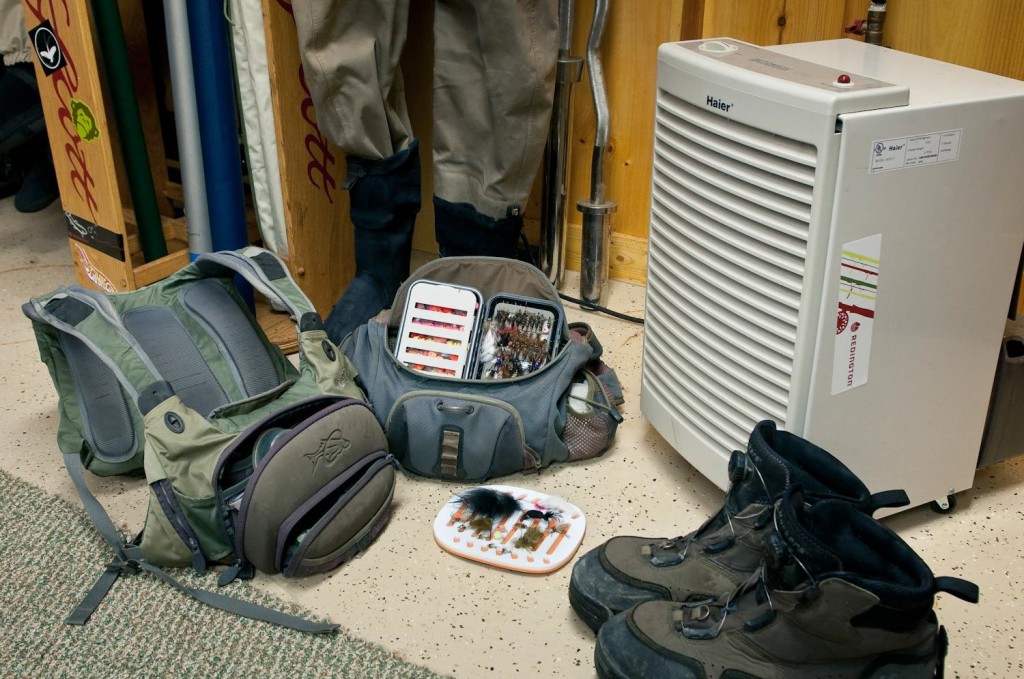
It used to be an ongoing battle all season long to keep my fly fishing gear dry and odor free.
There’s nothing worse than having to slide into a pair of stinky, sweaty waders that are still damp from the day before, struggle to slide your feet into a frozen solid pair of wading boots during the winter, or head out fishing on a rainy day with a rain jacket that’s already soaked to the bone. A couple years ago, I finally got smart and bought a dehumidifier, and now all I have to do is drop my gear on the floor next to the dehumidifier in the evening, and it’s waiting for me the next morning 100% dry and odor free. I’m telling you, it’s like heaven on earth, and I guarantee, you’ll find a whole new appreciation and respect for dehumidifiers when you take the leap of faith and put one to work.
Dehumidifiers are also great for
Read More »G&G’s Beginner Series: Taking the Plunge
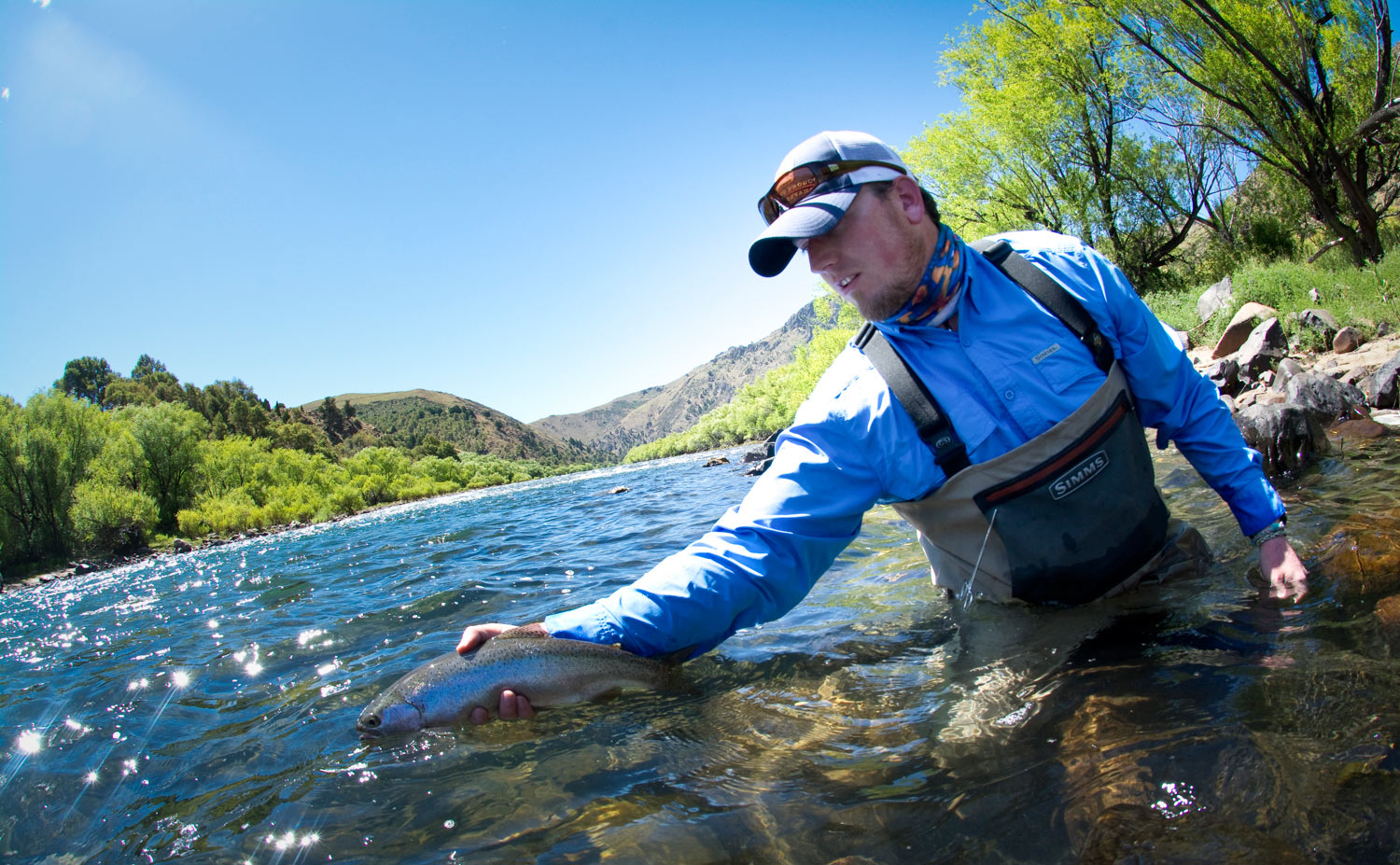
By Justin Pickett
As a beginner in the fly fishing world, it’s easy to get overwhelmed.
And confused and while meandering aimlessly through a fly shop, or magazine, or a “big box” sporting goods store. The thought, “where the hell do I start”, probably runs across just about every beginner’s mind as they try to figure out the best way to step onto the fly fishing scene. I know I had similar thoughts when getting into fly fishing many years ago.
Orvis, Cabelas, and BassPro catalogues were my only real tools for taking on the daunting task of figuring things out. Websites like Youtube and Vimeo didn’t exist, so there were no how-to videos, gear reviews, or podcasts. What the heck is tippet??? You basically learned from other fishermen, or from what you read in a book or magazine. I didn’t have any relatives that were avid fly anglers. I had an uncle who loved bass fishing, and I had been with him several times.
When I was very young, my parents purchased a small lot in the back of a cove on Lake Sinclair where I grew up drowning worms. So yea, I had plenty of experience fishing, but fly fishing might as well have been another language. Yet, something drew me to pursue it. The thought of the skill involved and the elegance of the fly cast itself. The ability to toss dry flies and poppers to bluegill and bass sounded like endless fun. And, to me, the challenge of learning how to catch trout on the fly while wading a river or stream sounded awesome.
So, where would I start? How would I put together the skills and gear needed in order to be successful and have fun while learning how to fly fish? Well, I quite literally had to just figure things out through trial and error. Quite honestly some of the only footage of fly casting that I had access to was an old recorded VCR taping of ….. yes…. A River Runs Through It…. But that’s what I had so I made it work.
No worries though.
Fortunately, you beginners these days have copious amounts of resources to use for your learning needs. Just about any how-to video, gear review, podcast, or written article is at your fingertips. This series of articles will be focused on how you can get yourself what you need to have fun out on the water and learn how to fly fish. What’s necessary, and what’s not. Useful resources and insight on recommended gear that won’t break the bank. Whether it be trout, bass, striper, carp, redfish, tarpon, or (heaven help you) permit, we’ll do our best to give you the tools you need to be a successful fly angler.
FOR NOW, HERE ARE SOME RESOURCES TO GET THE WHEELS TURNING.
Read More »The Virtues of the Single Spey
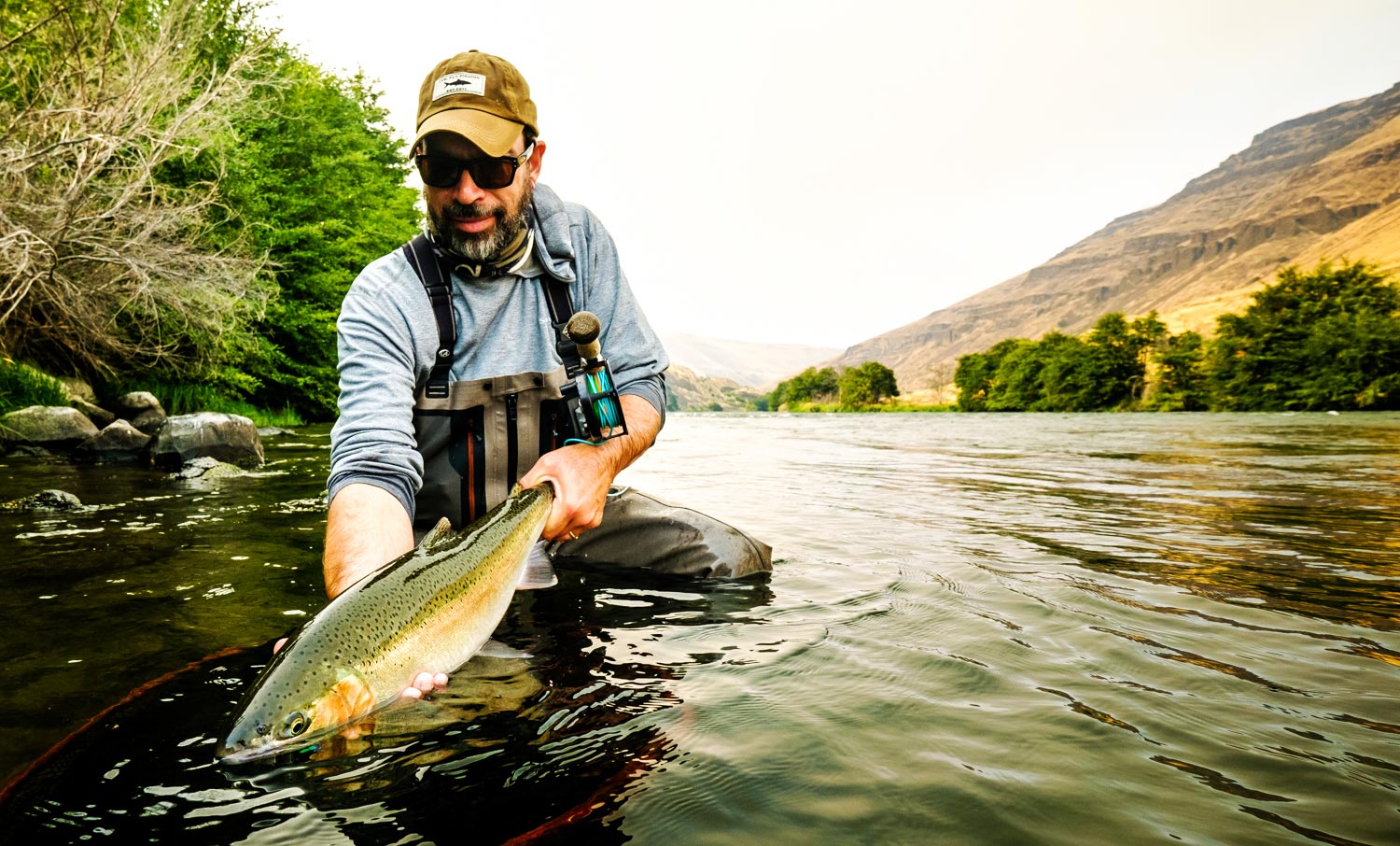
The Single Spey is one of the most efficient, and most overlooked, casts for the two-hand fly rod.
Like a lot of anglers who picked up the spey rod to target steelhead, much of my early fishing focused on Skagit techniques. I spent my time perfecting the Snap T and Double Spey in the standard and off shoulder forms and pretty much got by with that. Later I added a Snake Roll for when things are tight but for years the only time I used the Single Spey was when working out my head. As I spent more time fishing Scandi style lines and traditional flies, I realized I was missing out by not using the Single Spey. I also realized I had never really mastered it.
THERE ARE SEVERAL GOOD REASONS TO USE THE SINGLE SPEY OVER A CAST WITH A WATERBORNE ANCHOR.
First, it’s just more efficient. There are fewer steps and less wasted motion than in Skagit casting. Skagit casting is great when you need to lift a heavy sink tip, but when you are fishing a floating line you don’t need all of that power. A Single Spey is requires less effort and saves you energy, so it’s less fatiguing.
It’s also much quicker. Not that we are out swinging flies because we are in a hurry, but it does get you through the run faster, which can be a good thing. If for instance you are trying to squeeze in one last run before dark, you’ll spend half the time casting with the Single Spey.
The Single Spey can also be a big help when the wind picks up. With a waterborne cast like a Double Spey, it’s hard to generate line speed without blowing your anchor. The slower pace of the cast allows the wind to carry your line, often making it hard to form a good D-loop and killing your cast before it’s even launched.
Since the Single Spey is a touch-and-go cast, it’s easy to step up the tempo while still making a good D-loop. It also allows you more line speed on the forward cast, which helps you land the line and leader straight. Even in the wind.
The more I use the Single Spey, the more applications I find for it. It may be one of the oldest two-hand casts but it has not outlived it’s usefulness. It’s worth taking the time to learn to do it well.
The real key to this cast is
Read More »Restore an Old Bamboo Fly Rod #3: Video Series
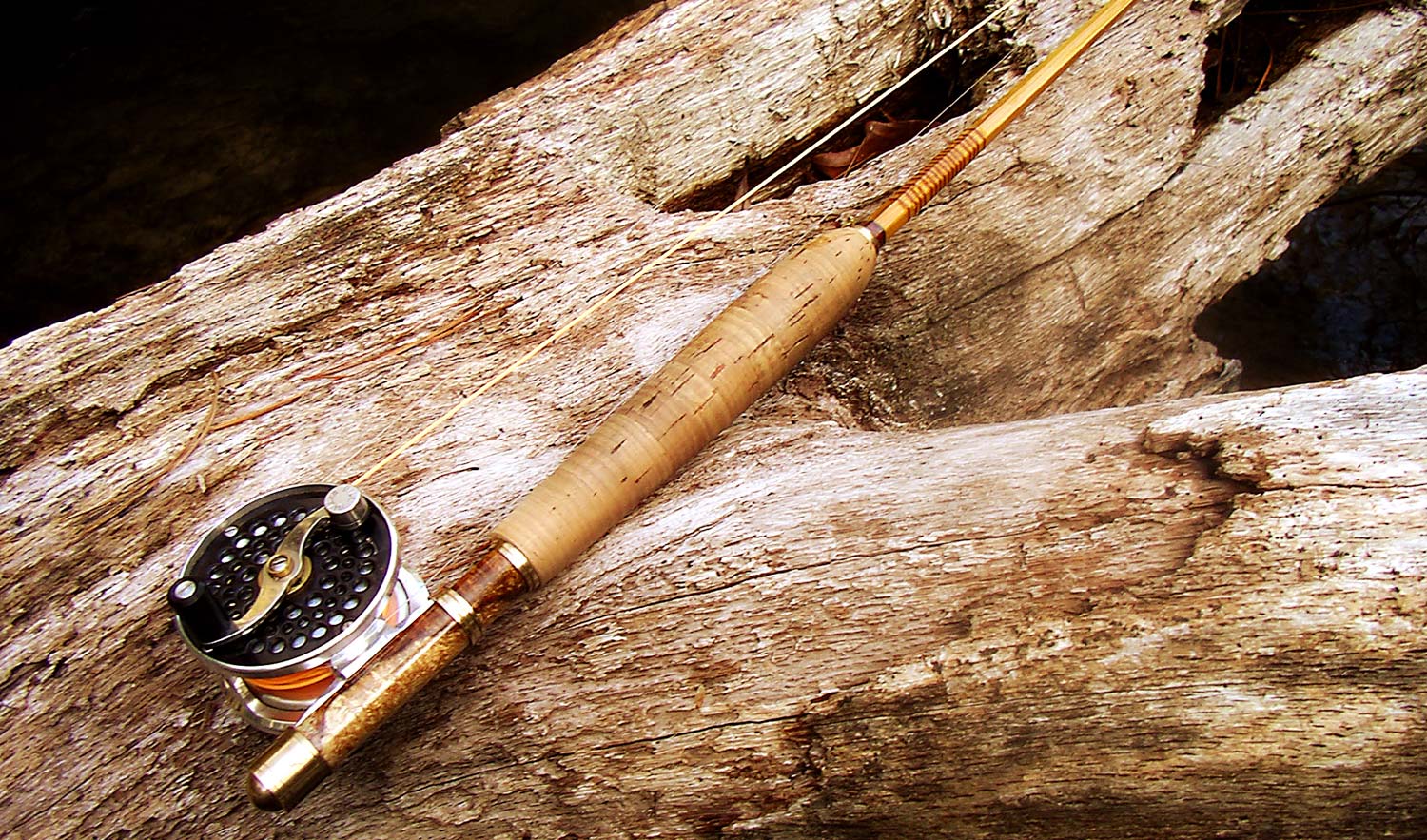
Matt Draft is back for part three of our video series on how to restore an old bamboo fly rod.
Today Matt goes over removing old components like guides, wraps and reel seats. He takes on a worst case reel seat removal before stripping the old varnish and prepping the rod for new parts and finish.
RESTORE AN OLD BAMBOO FLY ROD $3
Check out https://www.proofflyfishing.com
Read More »